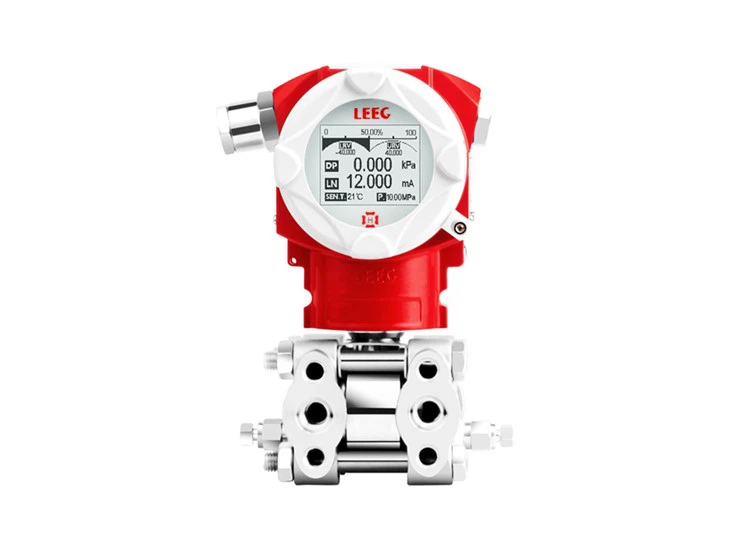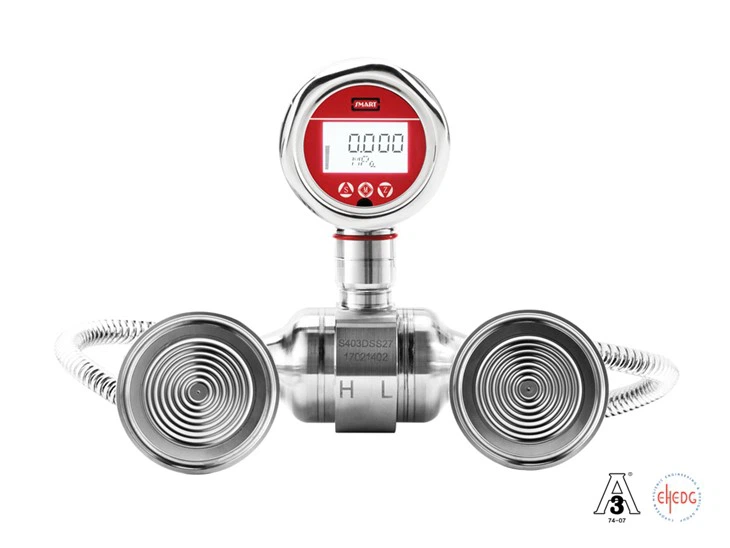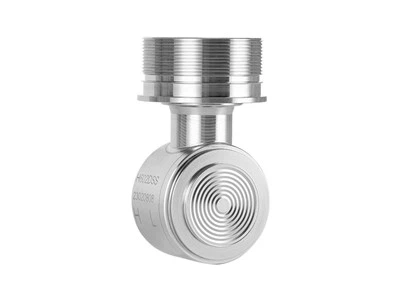The 4-20mA pressure transmitter is one of the most widely used pressure measurement devices in industrial automation. Its working principle combines physical sensing, signal conversion, and current transmission technologies. Below is a detailed breakdown of its core workflow:
1. Pressure Sensing Stage
Sensing Element:
Uses a metal diaphragm (e.g., 316L stainless steel) or a silicon piezoresistive sensor. When pressure is applied, the diaphragm undergoes micro-deformation (strain effect).
Piezoresistive Effect (for semiconductor sensors):
The Wheatstone bridge on the silicon diaphragm changes resistance with pressure, outputting a millivolt-level voltage signal proportional to pressure (e.g., 0–100mV).

2. Signal Conversion & Amplification
Sensor Signal Processing:
The raw electrical signal is amplified by a high-precision amplifier (e.g., an instrumentation amplifier like INA) to eliminate noise and improve the signal-to-noise ratio.
Analog-to-Digital Conversion (ADC):
Some smart transmitters first convert the analog signal to a digital signal (e.g., via a 24-bit ADC) for linearization by a microprocessor.
3. Current Output Control
Voltage-to-Current Conversion (V/I Circuit):
The core component is a dedicated current-loop IC, converting the processed signal into a 4-20mA current:
4mA corresponds to zero pressure (e.g., 0 kPa).
20mA corresponds to full-scale pressure (e.g., 100 kPa).
Two-Wire Principle:
Power supply (typically 24V DC) and signal share the same two wires. The 4mA "live zero point" provides both power and signal transmission.
Constant-current characteristic: The current value remains unaffected by line resistance (for load resistance ≤250Ω).
4. Temperature Compensation & Linearization
Temperature Drift Correction:
A built-in temperature sensor (e.g., PT100) monitors ambient temperature in real time, compensating for thermal drift via algorithms.
Nonlinearity Correction:
The microprocessor applies polynomial fitting to the raw sensor data to ensure full-scale linearity (e.g., ±0.1% FS).
5. Anti-Interference Design
Electromagnetic Compatibility (EMC):
Uses shielded cables and filter circuits (e.g., π-filters) to suppress electromagnetic interference in industrial environments.
Isolation Technology:
Optical or magnetic isolation prevents ground loop interference (common in high-noise environments).
Key Features Analysis
|
Feature |
Description |
|
Live Zero Point (4mA) |
Distinguishes device power-off (0mA) from signal breakage (<3.8mA triggers an alarm). |
|
Cost-Saving Two-Wire |
Eliminates separate power wiring, simplifying installation (especially for remote transmission, up to 1km or more). |
|
Intrinsic Safety |
4mA starting current prevents sparks, making it suitable for hazardous areas (requires a safety barrier). |
Typical Applications
1. Process Control:
Oil pipeline pressure monitoring (4mA = no pressure, 20mA = 10 MPa).
2. Liquid Level Measurement:
Calculates liquid height via hydrostatic pressure, with current proportional to level.
3. Equipment Protection:
Triggers shutdown when compressor outlet pressure exceeds limits (≥20mA).






